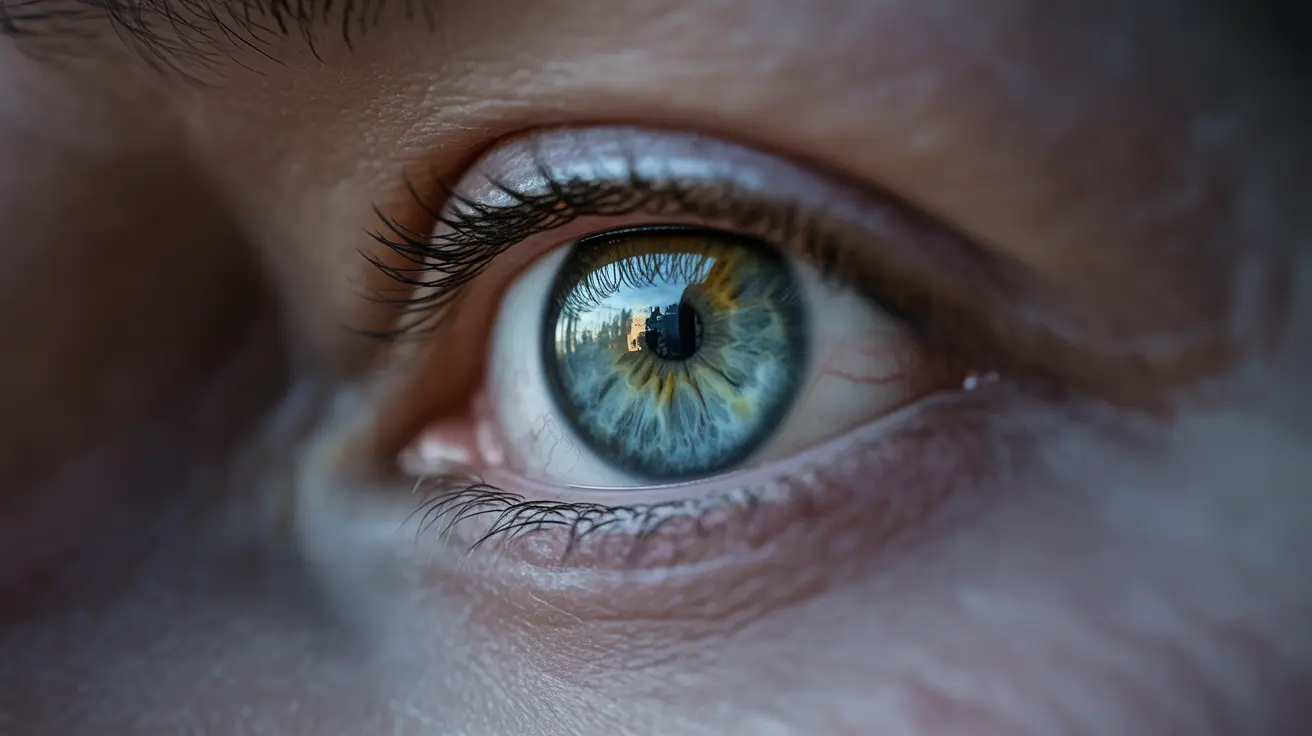Binocular vision dysfunction (BVD) is a complex visual condition that affects how your eyes work together as a team. When functioning properly, both eyes should align and focus on the same point, creating a single, clear image. However, people with BVD experience difficulties with this fundamental aspect of vision, leading to various symptoms that can significantly impact daily life.
While often overlooked in routine eye examinations, BVD affects millions of people worldwide. Understanding its symptoms, causes, and treatment options is crucial for anyone experiencing visual discomfort or struggling with activities requiring precise eye coordination.
Understanding the Symptoms of Binocular Vision Dysfunction
Binocular vision dysfunction can manifest through various symptoms that may not immediately seem related to vision problems. Common indicators include:
- Frequent headaches, especially after reading or computer work
- Dizziness and disorientation
- Double or blurry vision
- Difficulty with depth perception
- Eye strain and fatigue
- Neck pain and tension
- Anxiety while driving
- Problems with reading comprehension
These symptoms often worsen during activities that require sustained visual attention or in environments with numerous visual stimuli, such as shopping malls or busy streets.
Risk Factors and Causes
Several factors can contribute to the development of binocular vision dysfunction:
Neurological Factors
Conditions affecting the nervous system can impact the brain's ability to coordinate eye movements effectively. This includes traumatic brain injuries, strokes, and certain neurological disorders.
Physical Trauma
Head injuries, even minor ones, can affect the complex system of muscles and nerves controlling eye alignment and movement. Car accidents and sports injuries are common causes of such trauma.
Developmental Issues
Some individuals may develop BVD during childhood due to delayed or irregular development of visual skills. This can affect academic performance and social interaction.
Diagnosis Process
Diagnosing binocular vision dysfunction requires a comprehensive evaluation by an eye care specialist. The diagnostic process typically includes:
- Detailed medical history assessment
- Visual acuity testing
- Eye alignment evaluation
- Assessment of eye movement control
- Depth perception testing
- Specialized neurological testing when necessary
It's important to note that standard vision screenings may not detect BVD, making it crucial to seek evaluation from a provider experienced in diagnosing this condition.
Treatment Approaches
Treatment for binocular vision dysfunction is typically customized to each patient's specific needs and may include:
Specialized Prismatic Lenses
Custom-prescribed prism lenses can help realign images for both eyes, reducing strain and improving visual comfort. These lenses are often progressively adjusted as symptoms improve.
Vision Therapy
Structured vision therapy programs can help strengthen eye coordination and train the brain to better process visual information. These exercises are typically performed both in-office and at home.
Lifestyle Modifications
Simple changes in daily habits, such as proper lighting, ergonomic adjustments, and regular visual breaks, can help manage symptoms effectively.
Frequently Asked Questions
What are the most common symptoms of binocular vision dysfunction?
The most common symptoms include headaches, dizziness, double vision, difficulty with reading, eye strain, and neck pain. Many people also experience anxiety while driving or navigating crowded spaces.
What causes binocular vision dysfunction and who is at risk?
BVD can be caused by neurological conditions, head trauma, or developmental issues. People who have experienced head injuries, those with neurological disorders, and children with developmental delays are at higher risk.
How is binocular vision dysfunction diagnosed by an eye specialist?
Eye specialists diagnose BVD through comprehensive evaluations including visual acuity tests, eye alignment assessments, movement control tests, and detailed medical history review. Special attention is paid to how the eyes work together.
What treatment options are available for managing binocular vision dysfunction?
Treatment options include specialized prismatic lenses, vision therapy programs, and lifestyle modifications. The approach is typically customized based on individual symptoms and needs.
Can vision therapy help improve symptoms of binocular vision dysfunction?
Yes, vision therapy can be highly effective in improving BVD symptoms. It includes specific exercises and techniques designed to enhance eye coordination and visual processing skills. Many patients experience significant improvement through consistent therapy.




